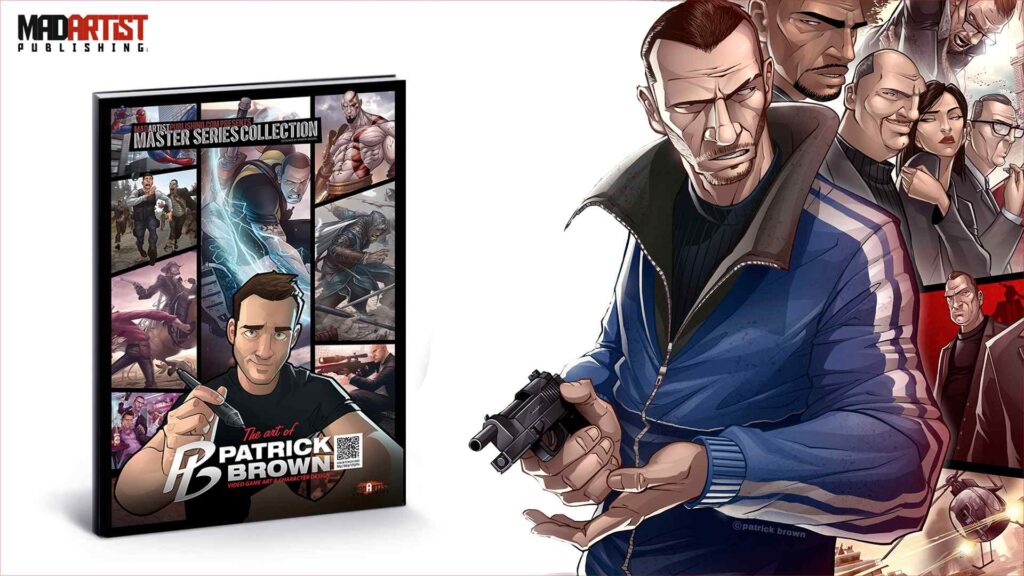The article discusses the importance of character design in video game development and provides tips for creating memorable and iconic characters. Factors to consider when designing a character’s appearance include their shape, size, color scheme, attire, and accessories. The silhouette of a character is also important for easy recognition. Texture and detail can add depth and context to the character, and the backstory and personality traits of the character can create an emotional connection with players. By considering these aspects and ensuring they align with gameplay mechanics and narrative, developers can create characters that enhance the overall gaming experience.
Introduction
Character design is one of the most important aspects of video game development because it has a significant impact on players’ experiences. A well-designed character can captivate players and create an emotional connection that keeps them engaged throughout the game. In this article, we will discuss various aspects of character design and how you can master this art to create memorable and iconic characters for your video games.
Understanding the Role of Characters in Video Games
A video game character is a virtual representation of a player, controlling them, and navigating them in the game world. Game characters have specific roles in a game’s narrative, gameplay system, and visual aesthetics. They interact with other characters and non-player entities, and their appearances and personalities can influence a player’s perception of the game.
Identifying the Characteristics of Memorable Game Characters
Memorable video game characters have distinct appearances, personalities, and attributes that make them stand out from other characters. To create a memorable character, you have to balance their physical characteristics with their personality and story. You also need to ensure that the character’s traits align with the game’s mechanics, level design, and themes.
Designing the Character’s Appearance
The appearance of a video game character influences how players engage with them, and as such, this should be one of your primary considerations. When designing your character’s appearance, factors to consider include the character’s shape, size, color scheme, and texture. You also need to think about their attire and any accessories that they may have.
The Importance of Silhouette
The silhouette of a character is a critical element of game design as it helps players identify the character at a glance. To create a unique and recognizable silhouette, you need to consider the character’s body shape, the shape of their clothing, and any accessories they might have.
Establishing a Color Scheme
Selecting the right color scheme for your character is crucial as it influences the character’s personality and mood. Colors can create a psychological impact on players, and as such, you need to be careful when selecting colors for your character. You can use color to establish a mood, highlight different elements of the character, or create a contrast between the character and the environment.
Adding Texture and Detail
Texture and detail can add depth and context to your character, making them more lifelike and realistic. You can use texture and detail to emphasize a character’s strengths or weaknesses, add character to their clothing or body, or enhance the character’s overall design.
Developing the Character’s Personality and Backstory
The personality and backstory of a video game character are critical in establishing an emotional connection with players. Players are more likely to identify with characters they can relate to, and as such, you need to create a character that players can empathize with. You can use the character’s backstory to add depth, context, and motivation to their actions and decisions.
Defining the Character’s Personality Traits
A character’s personality traits are the qualities that define their behavior, goals, and attitudes. When developing these traits, you need to consider how they affect the character’s interactions with other characters and the game world. Personality traits can influence gameplay mechanics, dialogue options, or character progression.
Creating a Backstory
A character’s backstory is their history before the game’s events, and it helps create context, motivation, and depth. You can use the character’s backstory to explain their behavior, relationships, and experiences. It’s crucial to create a backstory that fits with the game’s narrative and themes.
Conclusion
Character design is an essential aspect of video game development, and mastering this art can help create memorable and iconic characters that players will remember for years. To design a character successfully, you need to consider their appearance, personality, and backstory and ensure that they align with the gameplay mechanics and narrative. With the right approach, you can create characters that players will love and empathize with, enhancing their overall gaming experience.
